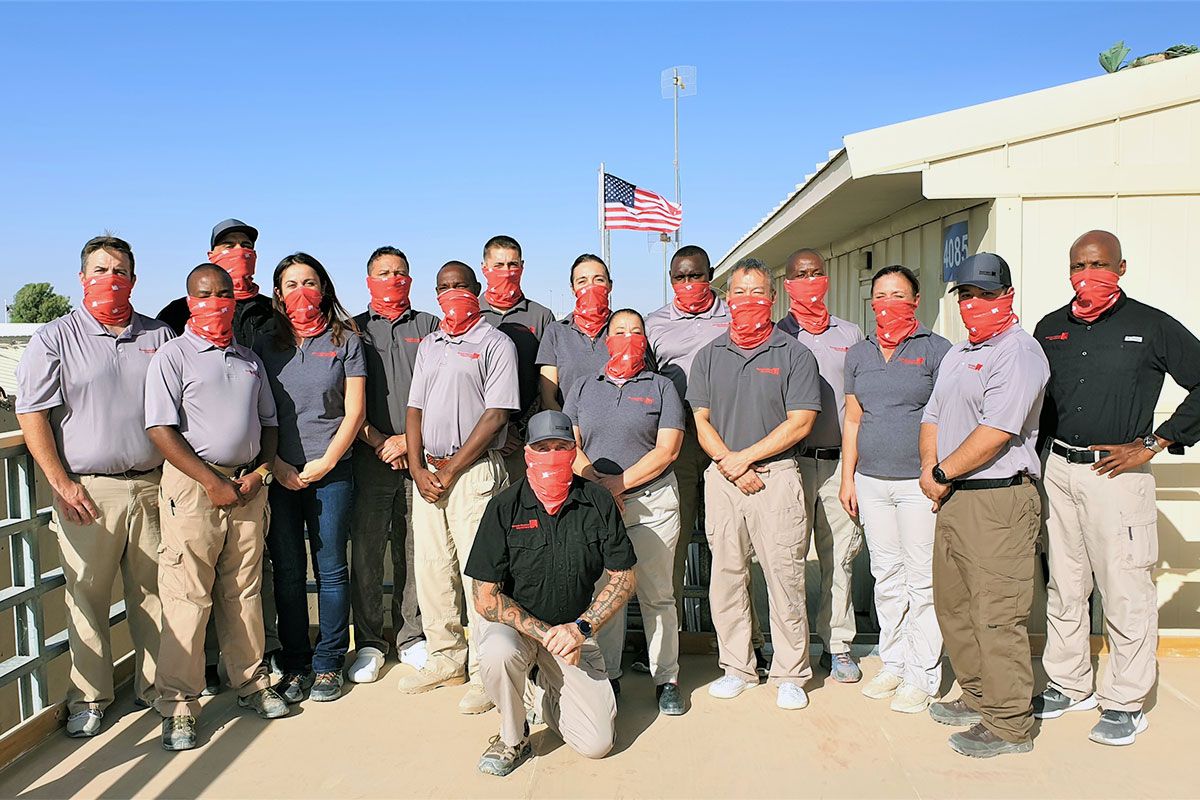Melina Coogan is a freelance writer and photographer, author of the blog The Wilder Coast, and a recent graduate of Remote Medical International’s Wilderness First Responder program. On day eight of the ten-day Wilderness First Responder course, WFR students participate in an evening mass casualty scenario. Over the course of three hours the entire class of 30 works as a team to triage, treat, and evacuate as many as 10 patients. Moulage make-up and other props are used to make these scenarios as realistic as possible. Read Melina’s post below for a first person account:
Sadie’s legs were burned from the knee down to her ankle, deep red and charred black like hamburger meat. Looking at them as I threw a sleeping bag over her, I knew she’d need extensive surgeries if they were not amputated at the thigh. The rest of her body seemed remarkably unscathed, considering she’d just survived a plane wreck. David held C-spine as I tried to do a physical exam on her without moving her legs. It was nine o’clock at night, almost completely dark, and my headlamp cast a pitiful beam over her shaking body. She was crying without making a sound, answering all of my questions in breathless, two word sentences. When I rolled her onto my knees to check her back, she cried out in pain.
I took one of her hands and told her to make eye contact with me. I told her to breathe in and out with my breath, as if she was a mother in labor. This is the one thing I knew how to do.
I forget who the other rescuers who joined me, but soon there were four of us gathered by her side. We got her onto the spine board which was tough- she was lying on a steep hill. “I’m sliding off, I’m sliding off” she kept telling us, and we’d have to inch her back up. We got her strapped down with a neck collar on, and I told her we were going to carry her down to where the helicopter would take her to the hospital. She squeezed my hand tightly. “Are you going to stay with me?”
They warned us earlier that as soon as you make eye contact with your patient, you belong to them. You are no longer a objective rescuer- that person is the person whose life you will fight for. I had no idea- no idea at all- what they were talking about until the moment when Said begged me not to leave her. And when I said “Yes, I’m staying right here until they get you on the helicopter,” I knew that nothing could tear me away.
We got to the landing site and the other rescuers took off to help more victims, but I stayed. One rescuer has to remain with each patient, mainly so if they code you can give them CPR and if they throw up you can clear their airway. I hovered over Sadie, stroking the hair from her face, asking her questions, trying to keep her from focusing on the screams still coming from the forest, the chaos of rescuers running around. And then one of my instructors, Phoebe, appeared at my side and whispered that I was going to have a seizure in two minutes. “Me?” I asked, pointing at my chest. She nodded, the trace of a smile on her face.
For two more minutes I reassured Sadie that she was going to be okay and that I wasn’t leaving, and then I threw myself into a seizure at her side. I was pleased myself at how authentic a seizure it was- I had recently seen one in a video. It only lasted for about ten seconds, but I thrashed about so much on the rocky trail that I decided I had a neck injury. Sophia and Darren dropped to my side- if they were thrown by this unexpected twist in the plot, they didn’t show it. Sophia held immobilized with C-spine and Darren started checking me for injuries, and it was so much fun that I threw in a second seizure.
By this time, word of “rescuer down” had reached the others. Most of the victims were either cared for or already dead, so the rescuers were checking in on me, appearing as floating headlamps above my face. Some were totally rolling with it, others asked aloud if I was actually hurt. I could hear Sadie asking for me, wanting to know what happened, and I started yelling that someone hold her hand and keep talking to her. We kept calling for one another and it was all wildly dramatic until another instructor appeared, pointed at Sadie and said “Alright, you’re out of the scenario.” She was quickly unstrapped, rose from the spine board rubbing her makeup heavy legs, and disappeared.
They kept me in the scenario till the bitter end. The other rescuers carried me out of the park in the litter, singing a marching song as they passed me between their hands. When it was all over, we sat outside the darkened classroom with the dozen or so bloody, burned, basal skull fractured victims, mostly comprised of employees from Remote Medical International. And my friend Colin. A tough bunch, they said we actually did a pretty good job.
Late that night, we went to the Boxcar and drank pitchers of Hazelnut Ale. I thought to myself, I bet rescuers drink a lot of alcohol. Then I started counting on my fingers how long it would take to save the 3,000 dollars I’d need to take the Wilderness EMT Class, feeling like I may have found another thread.
For more information about Remote Medical International’s Wilderness First Responder program, visit www.remotemedical.com. Questions? Call 206-686-4878 or email info@remotemedical.com


